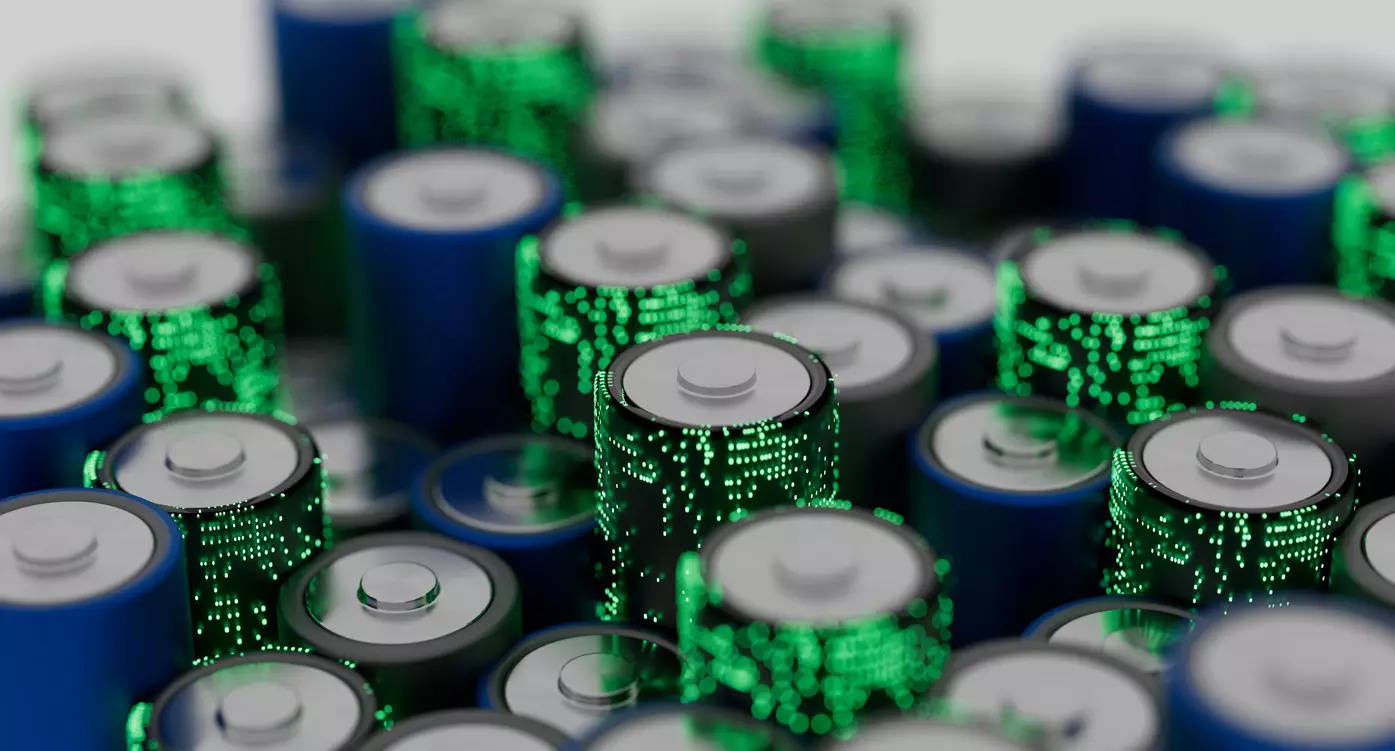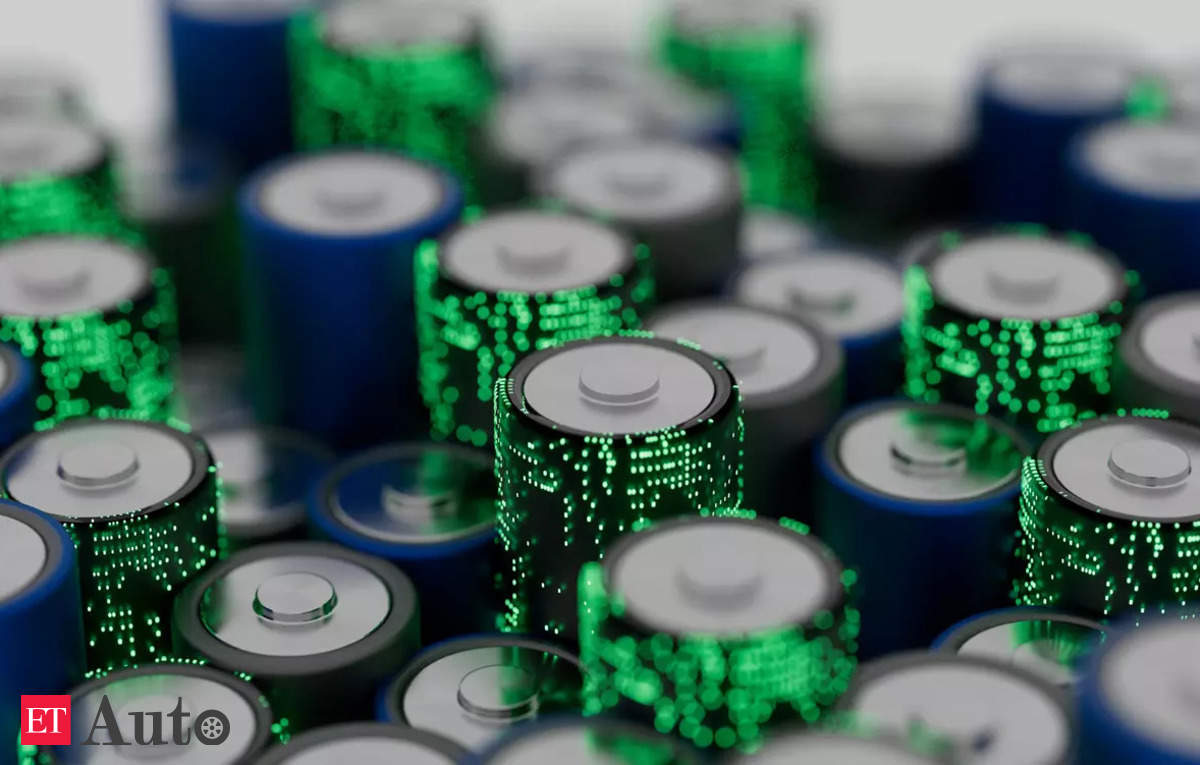
Over the past decade, India has witnessed an exponential growth in its renewable energy capacity making it one of the world’s fastest-growing renewable energy markets. India is one of the global leaders in energy transition with installed RE capacity aggregating to 178 GW. The country has also set a target to achieve 50% of the countries’ energy requirements through renewable energy by 2030. However, with increasing RE penetration, there is an increased strain on already stressed Transmission & Distribution grid and thus, an urgent need to augment the balancing capacity of the existing grid which can enhance flexibility of power-system.One of the most plausible pathways to effectively integrate large-scale RE in the National grid is through large scale implementation of energy storage systems. The need of the hour is to ensure proper planning to incorporate such solutions, their technological advancement and reaching economies of scale so that standalone storage becomes the backbone for India’s future RE growth.
Amongst the energy storage technologies, Battery Energy Storage Systems (BESS) offer several distinct advantages. BESS are highly flexible and can respond rapidly to the fluctuations in supply and demand. Further, they have higher cycle life, meaning they can be charged and discharged more frequently without significant degradation, thus providing long-term reliability. BESS also have a smaller physical footprint, are environmental friendly and their scalability. Their modularity make them adaptable to various applications, offering a versatile and sustainable solution to our evolving energy needs.
Given India’s ambitious RE target of 500 GW, the National Electricity Plan (NEP) 2023 has projected the energy storage capacity requirement for 2029-30 to be 41.65 GW from BESS with storage of 208.25 GWh to address the intermittency of renewable energy and balance the grid. This means around 6 GW of BESS capacity deployment is required on an annual basis for the next seven years till 2030. To ensure that India meets its BESS targets, the Union Cabinet’s recent decision to approve Viability Gap Funding (VGF) worth INR 3,760 crore, or up to 40 % capital cost for private players to set up battery energy storage systems is highly commendable. The industry applauds this initiative which would lead to the development of 4,000 MWh of BESS projects. This will be
beneficial in adoption of BESS across India and will help in integrating renewable energy capacity at a large scale.The Government has envisioned making India a USD 5 trillion economy by 2024-25. Along with economic targets, it had set ambitious climate action targets at COP26. To meet the ever-increasing fuel demand and the climate-action targets, it is imperative that the country moves away from fossil fuels to renewable energy sources which can supply firm and round-the-clock (RTC) power. BESS along with RE can ensure both peak-time and round-the-clock power supply to help overcome the intermittent nature of renewable energy. As the grid demand is lower during the afternoon, grid-scale batteries would help to store the excess solar generation and supply power to the grid during the night / peak demand hours. As per industry experience, full sculpting of the generation profile to match load curves are more cost-effective with BESS when applied to RTC and peak power projects.
BESS can be a backbone for RE only when it is evaluated more actively as a commercially viable technology for grid services. Therefore, to unlock the full potential of BESS, policy reforms that promote a favourable business environment and incentivize investments are required. One such intervention which is necessary is support on the tax incentives that includes reducing GST on battery that will significantly bring down the overall cost on storage system. Another incentive includes custom duty exemption which has eased the cost of manufacturing Li-ion batteries used in electric vehicles (EVs).
The same needs to be extended to batteries for large-scale stationary applications. In addition to this, various technological evolutions in batteries is taking place, for example sodium ion and flow battery technologies are gaining traction as they will be able to address current hurdles related to cost, performance and safety which are being faced by Li-ion batteries in India. These technological innovations will expedite adoption of large-scale storage systems which will enable massive renewable-energy integration in the grid.
In this regard, the announcement of VGF to set up BESS and the anticipated production-linked incentive (PLI) scheme amounting to about INR 15,000 crore for stationary storage by the Government will give an impetus to adoption and scaling-up of BESS across the country. In addition to this, the industry also welcomes the Government’s decision to include Lithium under the critical mineral list as availability of Lithium will become crucial in bringing down the cost of manufacturing batteries in India and help in strengthening and making value chains of storage technologies more competitive.
Many countries around the world are supporting storage deployment through targeted subsidies, regulatory reforms and R&D support. Taking cognizance of the developments around the world, the Indian Government has recently launched the “National Framework for Promoting Energy Storage Systems” that provides incentives to expedite adoption of storage technology across the country. Some of the incentives include obligating Energy Storage Obligation (ESO), energy storage to be used for secondary and tertiary reserve ancillary services and complete waiver of ISTS charges for battery storage solutions. While this waiver is a positive move to enhance cost competitiveness, regulatory changes like time-of-day (TOD) pricing will monetize the value of services provided by BESS, for which a specific procurement framework needs to be proposed by the Government.
However, the most important provision under the announced framework is mandating minimum 5 % energy storage systems (at least 1-hour storage) for RE projects beyond 5 MW capacity. This will encourage the adoption of BESS during the grid planning stage. Going forward, large – scale integration of renewables in the existing grid creates uncertainty in load and power supply generation making the grid unstable. These uncertainties will affect the voltage and frequency variation, stability, protection, and safety issues at fault levels. However, BESS is capable of providing a variety of ancillary services which include voltage stability, frequency regulation and system flexibility which essential in stabilizing the grid when more renewable capacity addition takes place in future.
India has only 7 years to achieve its 2030 RE installed capacity targets. The need of the hour is to expedite the deployment of BESS in India at the earliest. Hence, scaling up of manufacturing of batteries for BESS domestically is equally important. This can only be achieved if the Government provides the right regulatory environment, low-cost financing schemes, infrastructure investment and R&D to manufacture longer-duration energy storage system in India. Targeted efforts in these areas can help BESS become the backbone of India’s renewable energy/power sector and help India realize its goal to becoming a net – zero economy by 2070.









